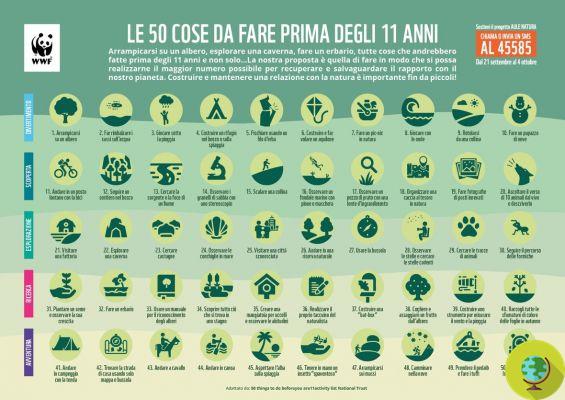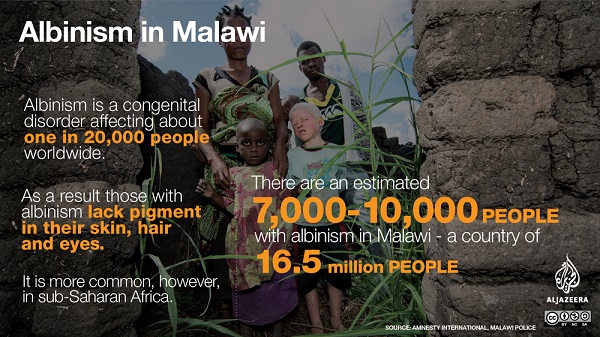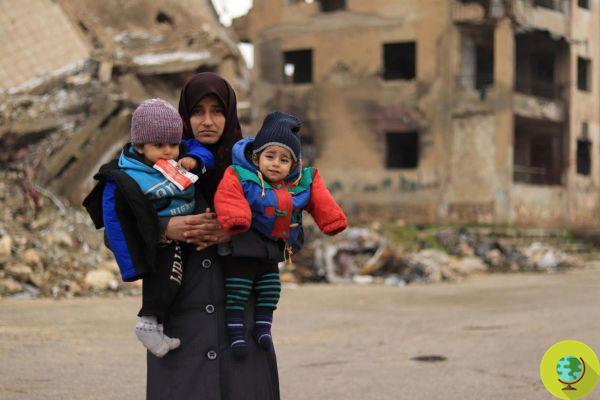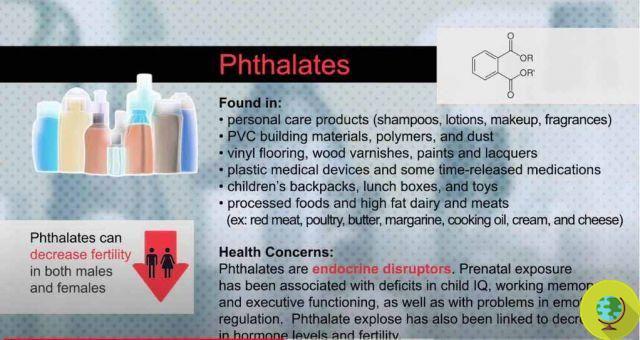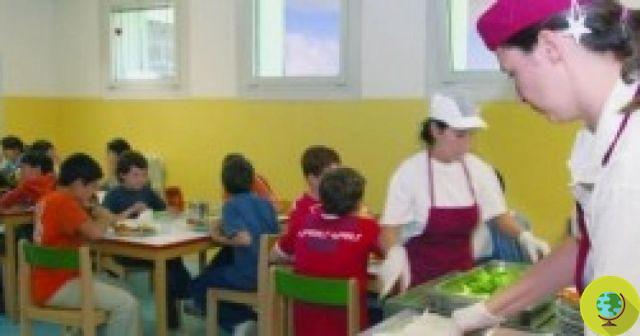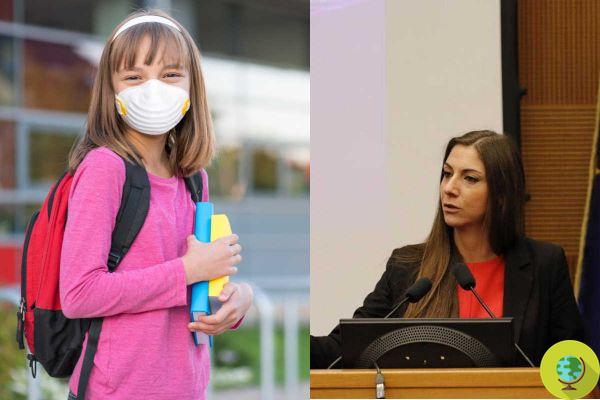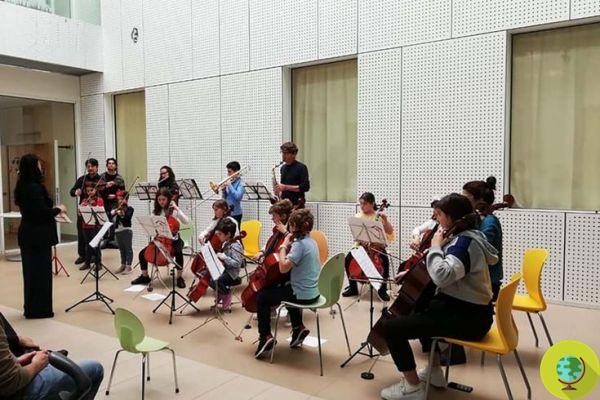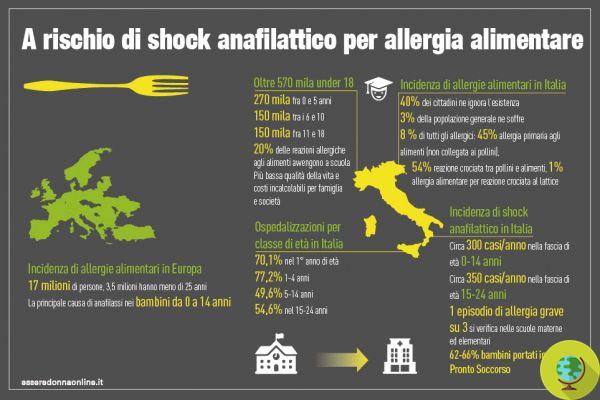
Food allergies and children. The number of allergic reactions to food is growing throughout Europe. Especially in schools and among the youngest. But there is a lack of information and preparation to deal with possible anaphylactic attacks.
Don't store avocado like this: it's dangerous
Food allergyie children. The number of allergic reactions to food is growing throughout Europe. Especially in the schools and among the youngest. But there is a lack of information and preparation to deal with possible anaphylactic attacks.
To sound the alarm is there'Academy of Allergy and Clinical Immunology, which puts the numbers in black on white: 17 million people in Europe suffer from allergic reactions to food and many of these are children.
According to experts, in fact, the problem is even more serious than it might seem because in one out of five cases the anaphylactic reaction affects people under the age of 25. And if we take a look at the numbers released by EAACI - the European Academy of Allergy and Clinical Immunology - we see that allergic reactions, such as'anaphylaxis, potentially fatal to the very young in the past 10 years they are increased by seven times.
The concern then grows if we think that the place where these shocks first manifest themselves is precisely there school canteen, where the little ones taste new foods, often unclearly labeled.
Added to this is the inability of teachers, who are not prepared, and often not even warned, of the possibility of critical episodes of this kind.
“First aid in emergencies must be taught in schools - they said from the Academy - and make more money transparent food labels ".
So what?
To sensitize parents and teachers about problem of allergic reactions (very different and more serious than intolerances, which have no fatal consequences) caused by food, EAACI has launched a campaign to raise awareness and attention to the problem, teaching to recognize the symptoms, the causes and the first aid interventions to avoid the worst.
“The first element of this campaign - said Cezmi Akdis, president of EAACI - is the launch of the 'International minimum standards for allergic children at school', which establish the basic requirements for safety. We believe we will be able to formulate the standards, and their version of the document aimed at patients, within the next few months ".
To find out more, just consult the website (in English) www.stopanaphylaxis.com, where you can download documents and information on the risks posed by food and on what to do when anaphylactic shock occurs.
Ma it is not enough to sensitize people: A serious and decisive commitment is also needed by the European authorities, to make food labels clearer and more transparent.
“The words reported today on some packages, such as 'May contain peanuts' or 'May contain milk', - the association Eaaci said - are used by producers on their own initiative and do not all follow the same criteria. This means, in concrete terms, that the expression 'It may contain' actually hides different levels of contamination and therefore also different levels of risk “.
But there are c'sibi potentially more dangerous than others?
According to scholars, in continental Europe the most common allergic reactions among children are caused by eggs, cow's milk and peanuts, while in adults they are mainly given by the fresh fruit, nuts and vegetables.
The situation is different in Great Britain, where the danger is mainly represented by walnuts, hazelnuts and peanuts, while in Northern Europe allergies are mainly concentrated on shellfish and cod.
Verdiana Amorosi
To find out more: www.infoallergy.com




